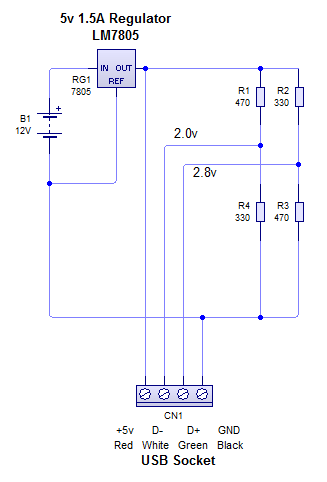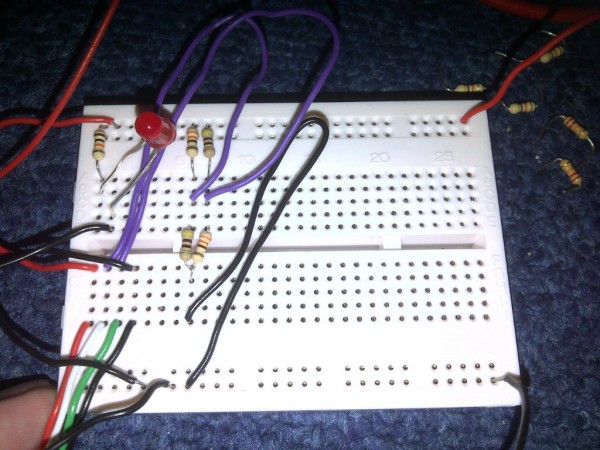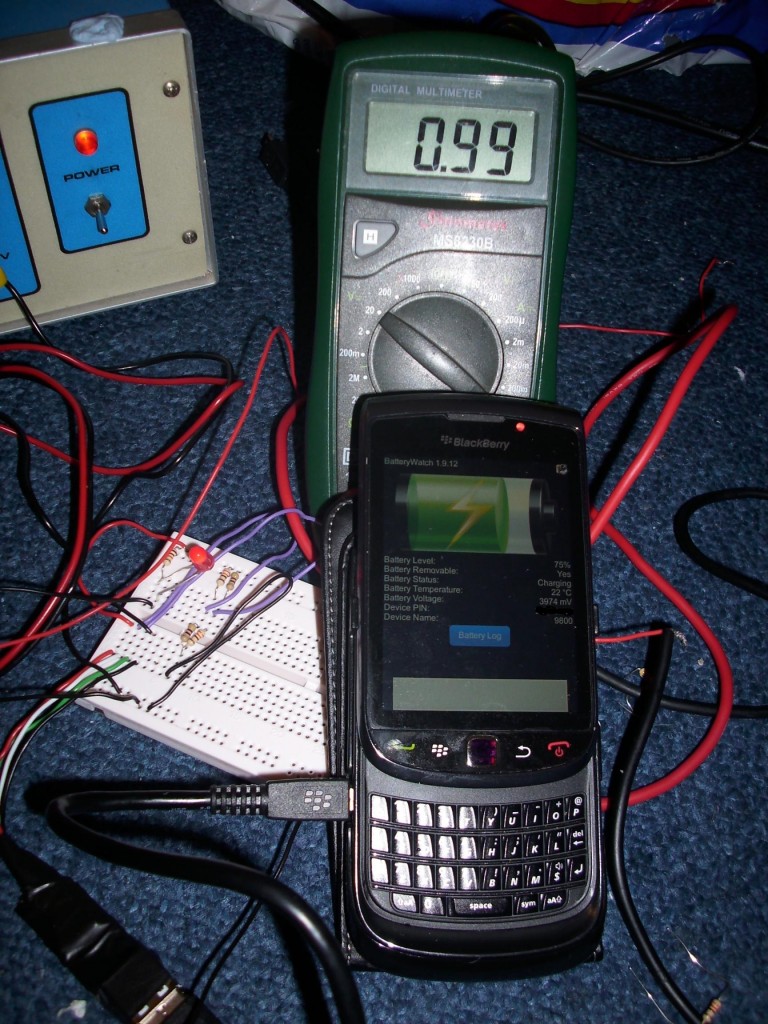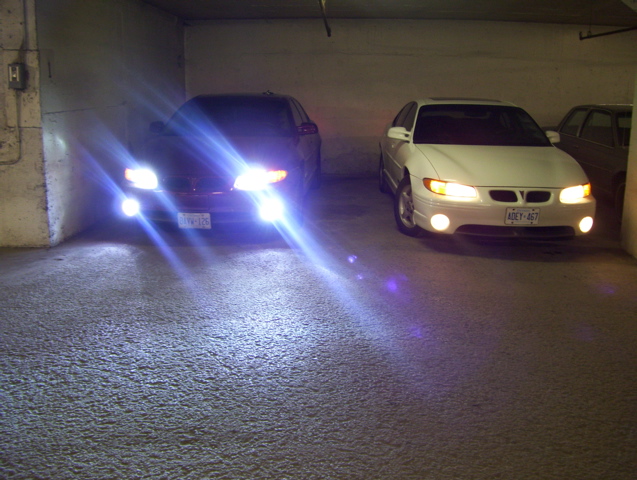What is “Unlimited” data and why do ISP’s ignore the true meaning?
 What is “unlimited” when it comes to broadband?
What is “unlimited” when it comes to broadband?This is a rant that has been going on for some time now and not just by me. You can see it all over broadband support forums, both static and mobile.
Before we begin, lets just outline the definition of “unlimited”:
2. boundless; infinite; vast: the unlimited skies.
3. without any qualification or exception; unconditional.
From http://dictionary.reference.com/browse/unlimited
Now that we know what it really means, lets outline what ISP’s think it means.
You will have found it hard to escape the small print and the all common use of “up to” in broadband advertisements. ISP’s think they can get away with selling a product as “unlimited” when really it’s just such a high limit that 99% of it’s users will probably never hit it. However as broadband becomes a more widely and higher used commodity those limits are being reached by more and more people.
Mobile Broadband
A common example would be from a mobile phone provider who offers a tariff with “unlimited data”. If you look at the small print there will commonly be something to the tune of “Fair usage policy applies” or “Fair usage of 3GB”. So on one hand they offer it as “unlimited” and the other it’s really 3GB. Now to me that’s fraudulent advertisement as they’re saying two completely different things. However it doesn’t matter as it’s “in the small print” and as long as it exists there Ofcom will do nothing about it. That’s the part of this that really annoys me. To top it off, if you go over that allowance they have the cheek to charge you £3/MB for the data when in reality the cost for that 1MB of data is not even 1 pence. It’s just a money making scam and it has to be stopped.
Regular Broadband
Another example comes from your regular broadband at home. They again sell it as “unlimited downloads” but then in the small print it says “fair usage applies” or, and this is where it’s a bit different, “we may manage your line if your download usage adversely affects others”. The difference here is that there is no given limit on how much you can use, but rather they tell you “if we feel you’re using too much we’ll slow you down”. Again that annoys me and I don’t think it should be allowed.
Traffic Management
Traffic management is the most common way of ISP’s to get out of the unlimited data problem as they are still technically offering unlimited data, albeit at a slower speed than before which artificially reduces the amount you can download in a given time. Virgin Media have been doing this for years (and so do others but I’ll pick on VM because I’m more aware of their practices).
Virgin Media employ what is called “STM” or “Subscriber Traffic Management”. This only operates between peak hours of the day (which surprisingly is 10am-9pm every day). It’s split into two so you have two limits per day. Depending on your speed you get a different allowance between these times. If you hit your STM limit, you will be traffic managed and suffer a 75% drop in download and upload speed. So instead (for example) having a 10Mbps unlimited connection, you now have a 2.5Mbps unlimited connection, which really IS unlimited now since they won’t slow you down any more.
Although Virgin Media openly give these limits out to their customers, I still feel it’s not something that should be allowed. You’re paying for a 10Mbps unlimited connection, which means you should be getting 10Mbps when you want to use it. In this day and age to watch any form of video online in HD you need more than 2.5Mbps to do it, and more when you have multiple users on the same connection (which is increasingly more common too).
The one thing I did notice with Virgin Media was with the higher speeds being introduced, more and more traffic management was being introduced – a sign that their network was simply not ready for it.
BeThere – The UK’s only truly unlimited ISP?
 BeThere may well be the only
BeThere may well be the onlytruly unlimited ISP in the UK.
Now personally I am with BeThere broadband and I have been 100% satisfied by this ISP purely for the reason that they really are unlimited. I have downloaded at 8Mbps solid for 2 weeks and not had any slow down or had a letter from them complaining about my usage. That is how an unlimited ISP should be. However with only 600,000 or so customers and little coverage compared to BT/Virgin Media, not everyone will have the privilege of going with such a great ISP.
The question is though, why do these other ISP’s limit the data allowance at all? I’ll tell you why. To save costs. Plain and simple. The only other reason to do it is if they don’t have enough bandwidth to go around and that’s what Virgin Media has been doing. They can offer 100Mbps speeds sure, but they don’t have the bandwidth to offer it to everyone ALL of the time, so they have to restrict it. It’s all about penis size with ISP’s and who has the fastest speeds. They may have the speed but they can’t deliver the actual data allowance. So there’s me with my lousy 8Mbps BeThere connection and someone else with their 10Mbps Virgin Media connection. They might have 2 more Megabits of bandwidth that me, but I can easily download more than they can because of traffic management.
Complaints to Ofcom
There have been tens of thousands of complaints to Ofcom over the years regarding this issue but all they can do is turn around with “guidelines” that the ISP’s are not even obliged to follow. It is my opinion that the word “unlimited” should not be allowed to be used in any advertising sense unless it can be proven it is unlimited.
If the ISP can’t provide the bandwidth they state on their advertisements 24/7 then they should not be allowed to sell that package as unlimited, and a GB cap should be introduced in it’s place (providing that cap can actually be reached so they don’t oversell that as well). 10Mbps is capable of 3300GB in a single month if used at full speed for 30 days so they couldn’t give a cap of 5TB if you can’t reach it. 2TB would be suitable as that would require just 6.4Mbps of bandwidth 24/7.
But anyway I think you can gather the point I’m trying to make. Hardly any ISP’s exist that are truly unlimited, and BeThere is the only one I know that stick to that policy because it’s what they’re best known for. Unlimited is a word that should be banned in the selling of broadband and phone tariffs, etc, because unlimited in these cases nearly always have a limit. The technology is becoming more popular and used more widely that these caps just don’t work any more. Jump back 5 years ago and unlimited was almost completely unheard of. Go back another 5 and nobody knew what a cap was because nobody used that much data.
Times change, and the language and meanings that come with it also needs to change to meet new expectations.





